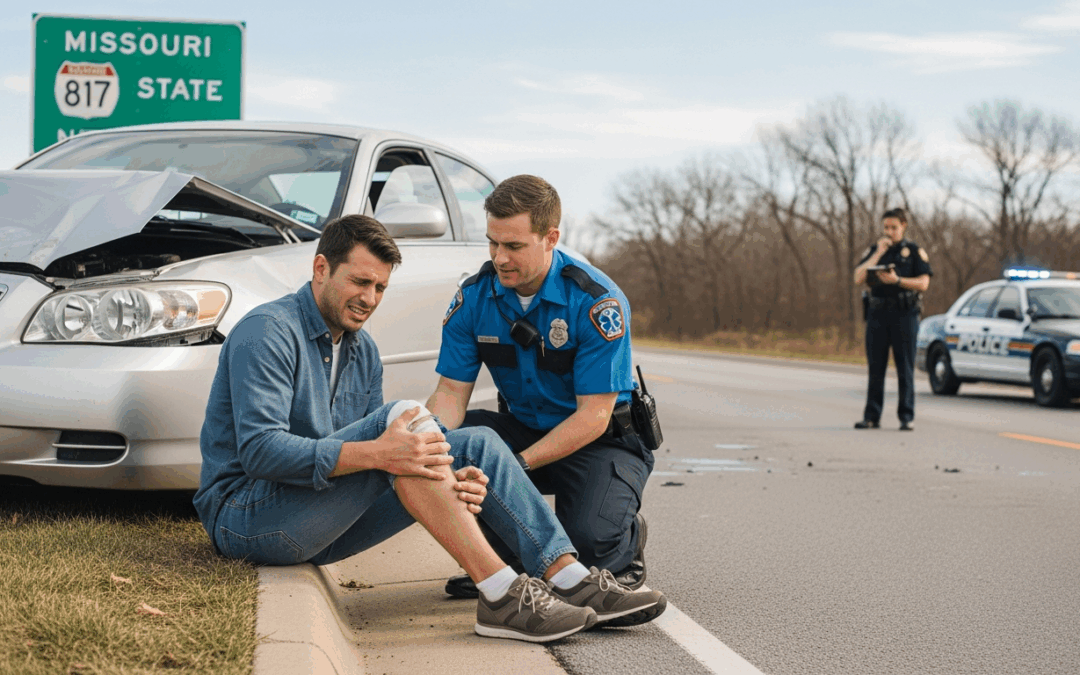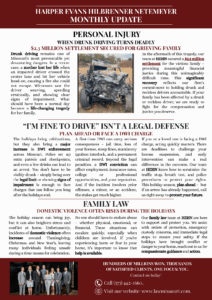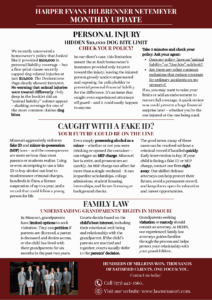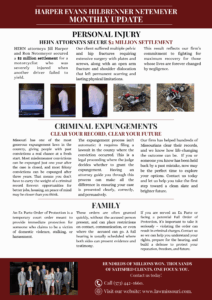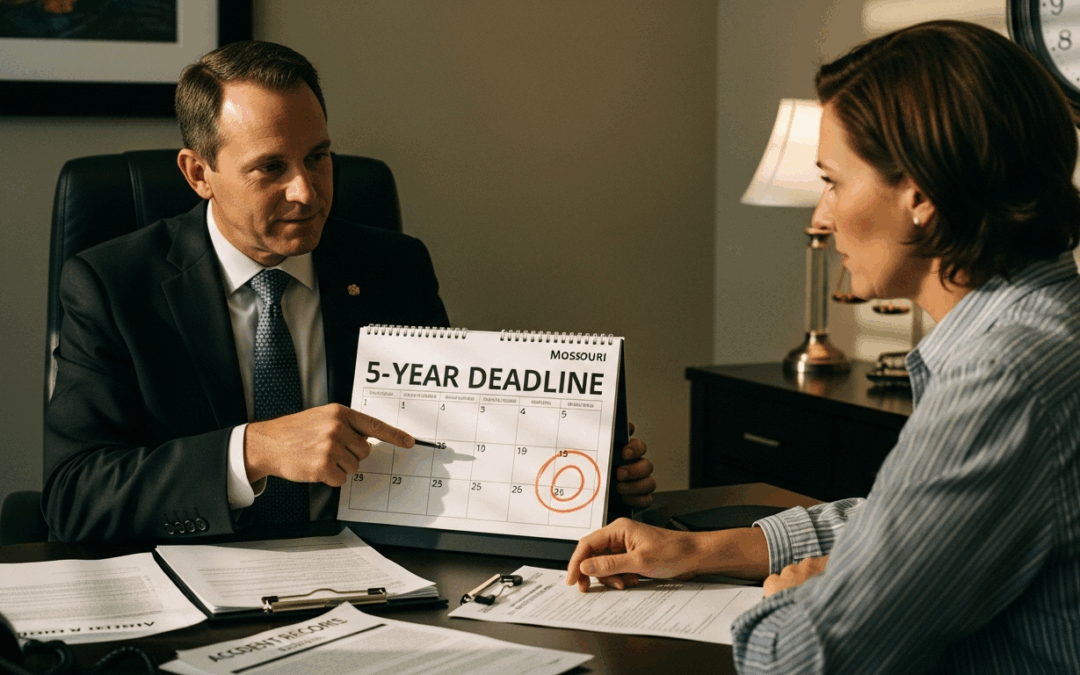
Blog

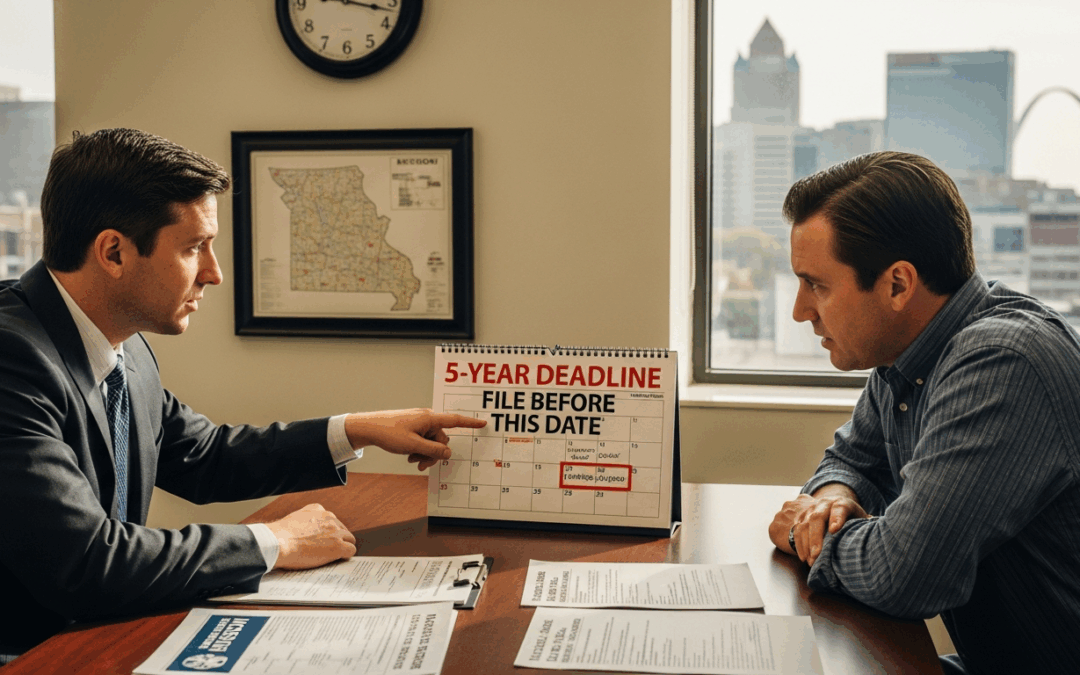
Average Truck Accident Settlements in Missouri: What Victims Should Know
A truck accident settlement can influence your recovery after a painful and stressful crash. The injuries are often severe, medical bills accumulate quickly, and many victims feel overwhelmed by insurance companies before they even understand their rights. Our team...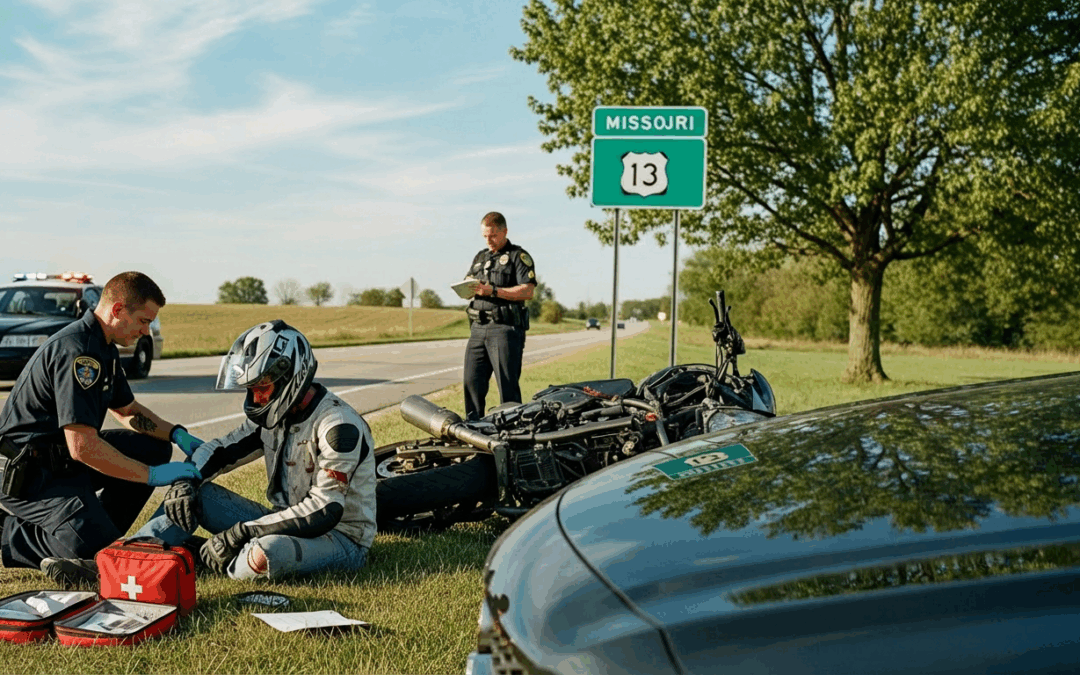
Who Pays Medical Bills After a Motorcycle Accident in Missouri?
A motorcycle accident can leave you with painful injuries, rising medical bills, and a long list of questions. The biggest one usually hits fast: who pays for medical treatment after a motorcycle crash in Missouri? The answer depends on several factors, including...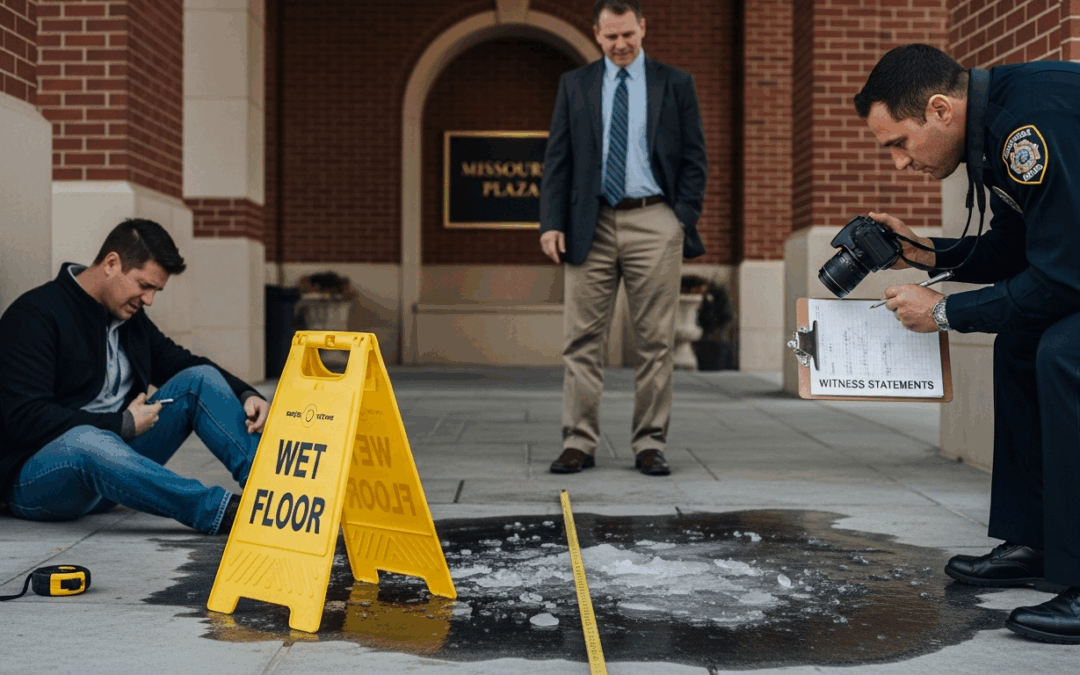
How to Prove Fault in Slip and Fall Cases in Missouri
Proving slip and fall Missouri fault can determine whether you receive the support you need to recover comfortably after an injury on someone else’s property. Understanding how fault works, what evidence matters, and how to handle these legal cases can empower you to...